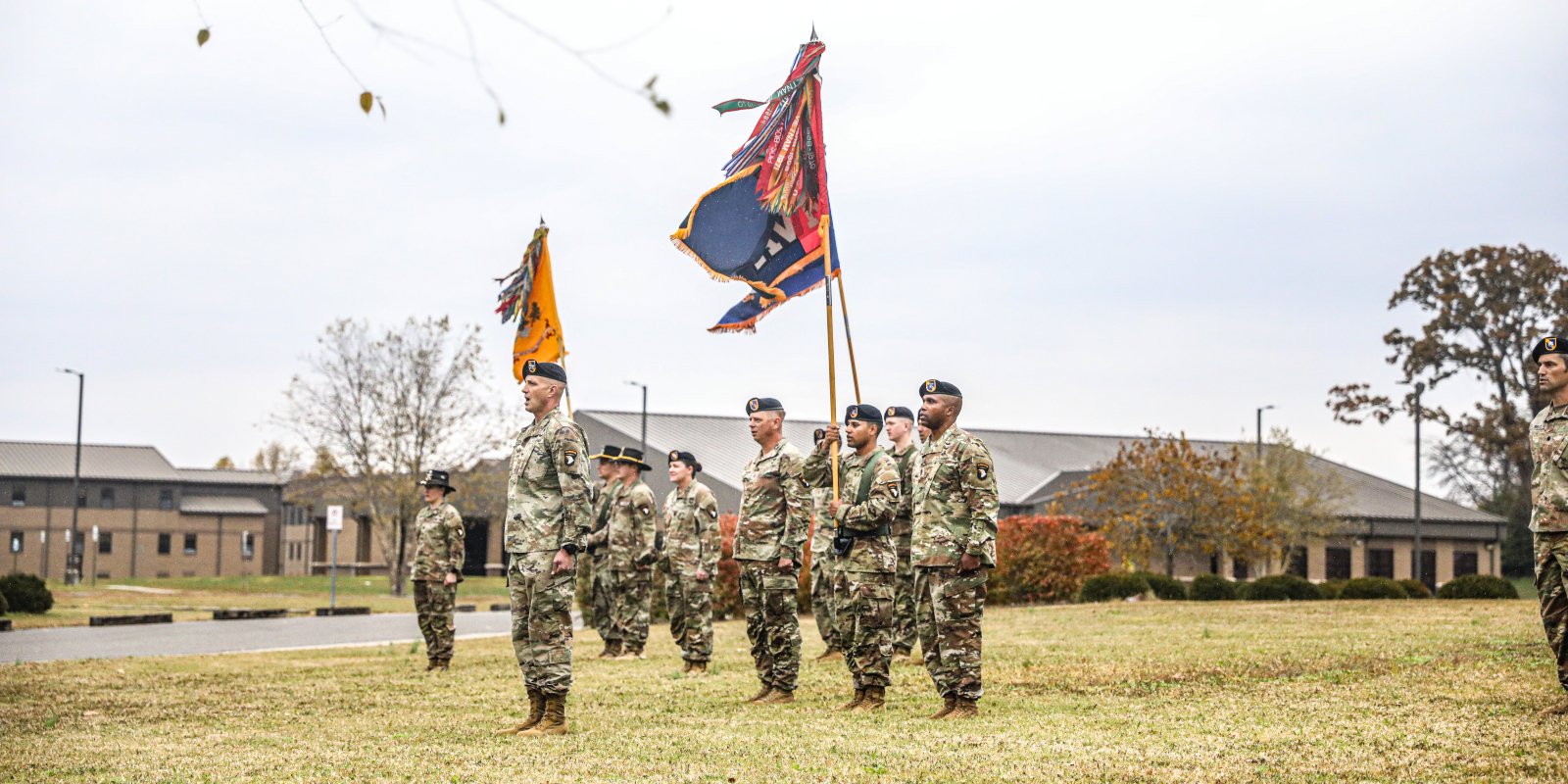U.S. ARMY PRIME POWER SCHOOL

The U.S. Army Prime Power School (USAPPS) provides training for the U.S Army Prime Power production specialists (MOS 12P) and Navy Enlisted Code (NEC) 5633. The school was established at Fort Belvoir, Virginia, and graduated its first technician in 1958. The Prime Power School relocated to Fort Leonard Wood (FLW), Missouri, in October 2010 as part of the 2005 Base Realignment and Closure Initiative. Training is conducted in Training Area 244 at Building 12630. The school is a tenet activity on Fort Leonard Wood. The USAPPS has a 77,000-square-foot training facility with 12,000 square feet of additional training area. Total area for the Prime Power School is 15 acres and is the first LEED Gold building on FLW. The facility includes three virtual training classrooms and four general classrooms with fully integrated information technology systems. Hands-on training spaces include a welding lab, engine rebuild lab, fluids lab, electrical lab and instrumentation lab. The exterior area includes four different types of generator units with control centers, two load banks and all the associated distribution equipment.
From 1958 through 1977, the school trained nuclear power plant operators and was called the USA Nuclear Power School. The yearlong training course was intense and academically challenging. In 1977, the Army phased out nuclear power, but the remaining inventory of floating power barges and nontactical electrical power plants continued to support the Army’s power needs. The U.S. Nuclear Power School became the U.S. Army Prime Power School in 1978 as a result of a shift in military electrical production needs from nuclear to fossil fuel sources. The Nuclear Power Plant Operators Course was modified to the current prime power production specialist and associate Additional Skill Identifier (ASI) courses. Army graduates are awarded military occupational specialty (MOS) 12P (with ASI), and Navy graduates are awarded Navy Enlisted Classification (NEC) 5633 (with ASI).
The USAPPS commandant is the commander of the 249th Engineer Battalion at Fort Belvoir, Virginia. He is responsible for ensuring that the training meets the vision of the commanding general of the Corps of Engineers. The USAPPS commander/deputy commandant is a CW5 who serves as the primary OIC, thus responsible for the training, leadership development and personnel of the USAPPS. All Army graduates are initially assigned to the 249th Engineer Battalion (Prime Power). The U.S. Navy has been linked with the USAPPS since the school’s establishment in 1958. Upon graduation, Navy students are awarded NEC 5633 and are assigned to the Mobile Utilities Support Equipment organization stationed at Port Hueneme, California. The 249th Engineer Battalion has a worldwide deployable mission in support of war fighting and peacetime operations. They are consistently requested to support missions with equipment and personnel, which can be located around the globe. With orders in hand, the prime power production specialists (MOS 12P) can supervise, install, operate and maintain electrical power plants worldwide. The large generators are primarily diesel engine driven, capable of producing 420 kW to 4,500 kW of electrical, three-phase power at 4,160/2,400 volts, as well as 500 kW units at 208/120 volts. They are all trained to perform procedures for startup and shutdown, safe operations, monitoring and operator through general support-level maintenance on the power plants and auxiliary equipment. The maintenance they can perform includes inspections, testing and repair of mechanical, electrical and electronic control systems.
The 12P20 Course is conducted in two phases. The academic phase is nearly 15 weeks and the operator training phase is 14 weeks in duration. While in academics, students learn how to solve a variety of mathematical problems applicable to mechanical and electrical engineering. Following math, they are taught applied physics, which is designed to provide a thorough knowledge of the various energies that technicians are confronted with daily. Instruction in mechanical and electrical engineering concepts rounds off the training. Analytical and problem-solving skills are developed in academics, which are necessary to master the remaining course material. The academic phase is outsourced to ensure consistent high standards. Students are actually enrolled in college and earn 32 semester hours of college credit. Following academics, the students arrive in operator training. During this phase of instruction, the students actually learn how to operate an electrical multi-unit power plant. Along with passing stressful practical examinations, which results in licensing, the students receive training on a wide variety of electrical power plant generation and distribution technology subjects. Among the subjects taught are a host of safety-related topics; electrical and mechanical print reading; electrical distribution components and circuits; mechanical and electrical protective systems and components; AC electrical power theory; diesel engine theory; power plant operations; maintenance; and troubleshooting. The students earn an additional six semester hours from this phase. After 29 weeks of challenging study, practical exercises, lectures examinations and physical readiness training required of all Soldiers, the students are rewarded with 18 weeks of additional specialized training in one of three disciplines.
A variety of organizational maintenance skills are required to maintain a medium voltage, multi-unit electrical power plant. The training for each specialty course is 18 weeks. This synchronization allows each class of prime power students to graduate together. A short description of each ASI course is as follows: The Mechanical Training Course (ASI S2) includes advance instruction in diesel engines and auxiliary systems; allied skills; heat transfer systems; welding; fluid handling systems; and engine rebuild. The Electrical Training Course (ASI S3) includes advance instruction in motors, generators, machine controllers, transformers, circuit breakers, switchgear maintenance, cable splicing and electrical distribution systems. The Instrumentation Training Course (ASI E5) focuses on electronic process instrumentation and automatic control systems as applied to electrical power generation. The students also receive advanced instruction in calibration, testing and troubleshooting of systems and components used in the measurement, regulation, protection and control of signals, quantities and processes. In wartime, prime power production specialists deploy, install, operate, maintain and manage the Army’s Prime Power Program assets. In peacetime, they participate in contingency exercises, emergency deployments on disaster relief efforts under the National Response Framework, and technical assistance missions for Departments of Public Works worldwide.
SHARE:



